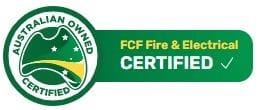AS 1319 Safety Signage
)
AS 1319:1994 is an Australian standard that outlines the need to devise and implement safety signs in a work environment to ensure safe workplace behaviour and practices and hazards prevention.

These signs help prevent injuries by making sure both employees and visitors are alerted about the likely hazards and dangers ahead in specific environments and situations.
The absence of these signs would make it difficult for the people on the floor to react to or escape an industrial accident.
More About AS 1319
Signage Design & Location
The safety signs must be put up in places where they attract maximum attention not to mention, the message must be simple and straightforward and the letters easy to read even from a reasonable viewing distance.
The signs must not be hanging. If there's no option but to hang them, you must ensure they do not block or obstruct people's path. For example, it should not be hanging low in a corridor so that the individual passing by has to duck to go past the signage.
Also, the sign must be still at all times. The preferred location for installation is a wall. Doors, racks, windows or any other moving equipment or tool are not the right spots to host a sign. They may make the sign hard to look at and comprehend and skip many eyes.
Fire Safety Signage should be correctly installed in your building
Signs should be easily accessible. In other words, you should be able to remove an old sign and replace it with a new one in a heart's beat without having to use any special tool or equipment. Also, the sign color and overall design must be in sharp contrast with its surroundings. For example, a sign with a predominantly white colour scheme is hard to notice if the wall is white as well.
Most importantly, it is recommended not to overdo things similar to how big companies do with their product promotion. Communicating safety tips and tricks is vital but that shouldn't translate into an overdose of information. This means multiple signs must not be placed in close proximity to each other. The location choices should be sporadic but still strategic. A knowledge or information overdose would also confuse the onlooker, resulting in the message not getting across.
Types of Signs
There are different types of AS 1319:1994 signs, based on the actual information and its importance. The following are the major varieties:
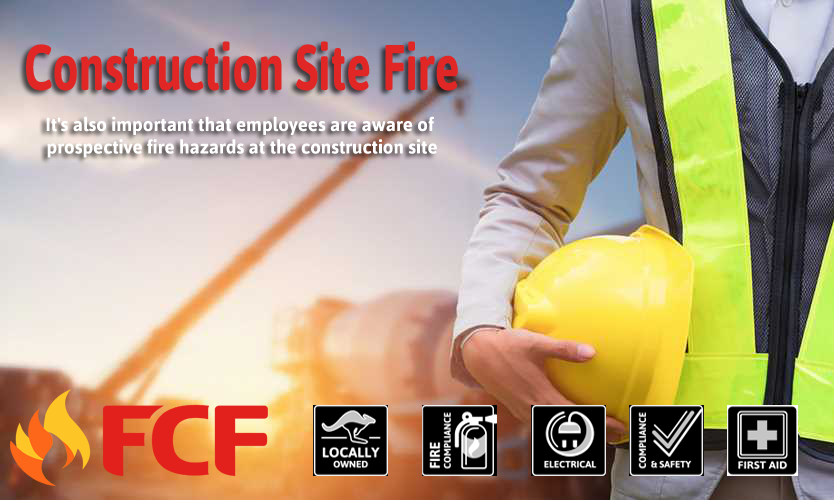
Mandatory Signs
These signs indicate specific instructions to be followed. The sign has a circular blue background with symbols or pictures in white. The sign may have letters in black.
Prohibition Signs
These are signs specifying non-permitted actions or behaviour. The sign background is white and letters in black. The slash and annulus are in red above a black action symbol.
Warning Signs
Warning signs warn against minor hazards that aren't life-threatening. The symbols and wordings are in black on a yellow background.
Fire Signs
These signs indicate the fire-fighting equipment and fire alarms location. The symbols and text are in white and the background is in red.
Emergency Information Signs
The sign indicates the directions to or location of facilities relating to emergency for instance, first aid, exits, safety equipment, etc. The sign has a white text and/or symbol with the background being green.
Danger Signs
These signs are meant for a life-threatening hazardous or hazard condition. The word "danger" is usually the highlight of these signs. It's placed within a red oval that itself is confined to a black rectangle. The other text, if any, is in black on a white background.
General Information Signs
These signs are more generic and not part of the AS 1319:1994 standards. They typically indicate general information relating to company practices, logistics, and housekeeping.
According to their purpose(s), the placement of these signs will differ. For example, hazard signage must be placed well before the actual danger spot so that the person has enough time and space to react to or avoid an impending danger scenario. Such signs could be relating to electrical equipment danger or a construction site hazard.
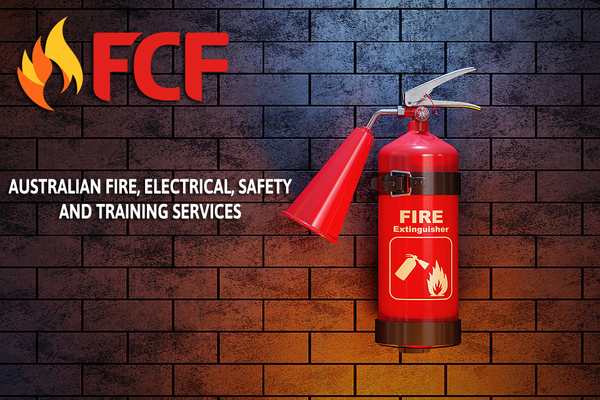
Fire Extinguisher signage is critical to ensuring the correct FIre Extinguisher is used in an emergency.
In addition to the location, the size of the sign must directly correlate to the magnitude of the danger looming ahead.
First-aid signage must be manufactured and designed as per AS1319-1994 rules. The first aid room should be identified by a sign that's easily recognisable and has the right colour scheme a green canvas with a white cross at its centre.
Signs locating fire extinguishers must be situated adjacent or above an extinguisher. It should not be more than 2 meters high from the floor so that accessing the extinguisher is convenient.

)
)
)
)
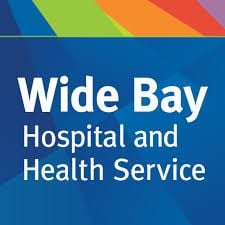)
)
)
)
)
)
)
)
)
)
)
)
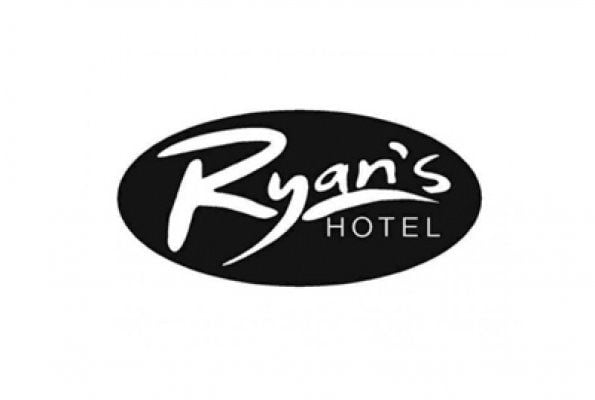)
)
)
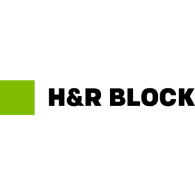)
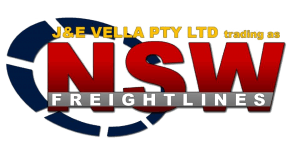)
)
)
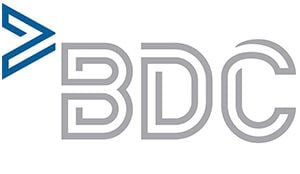)
)
)
)
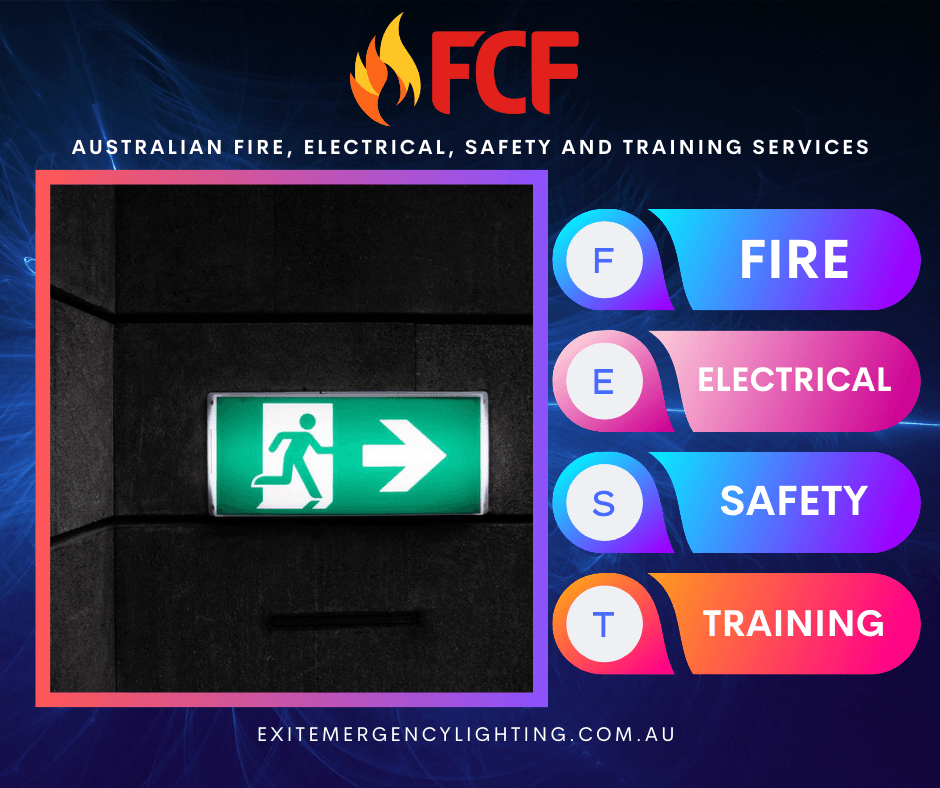)


